Himalayan Salt Blocks have been making rounds of the news already. They are efficient cooking machines carved out of pure salt which add to the flavors of whatever you cook. There's also this small point of them being very healthy, and doubling as beautiful serving plates for your dinner guests.
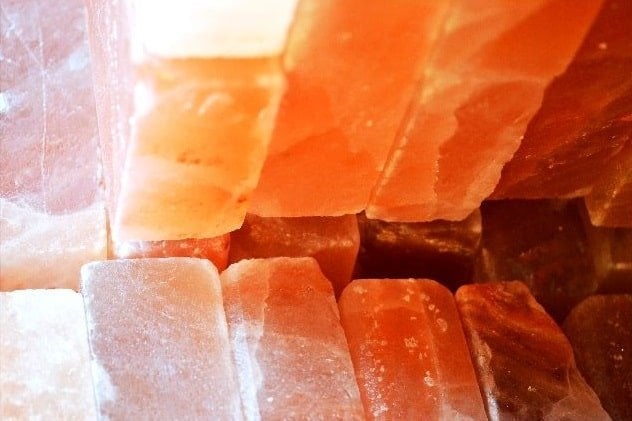
However, like every cooking machinery ever created, Himalayan Salt Blocks come with their problems. The only difference being that if you misuse this, they might explode and cause damage to your oven.
It's better to know your product before you buy it. So, here are seven things you need to know about Himalayan Salt Blocks.
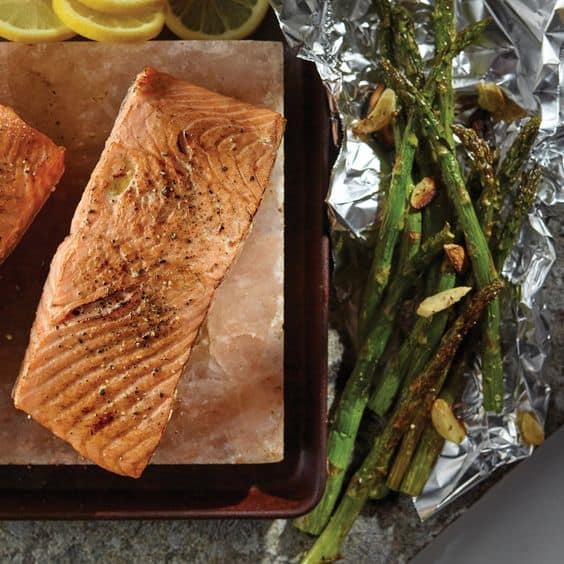
Image via heb.com
-
They need to be heated slowly
These are solid slabs of salts with cracks and fissures. Now, while, the companies you buy from will ensure that they are not exactly that susceptible to heat that they explode in your face as soon as you put it in the oven, you still need to careful.
Space out your heating. Most of these blocks cannot take a rapid rise of heat. Anything faster than 100 degrees n 15 minutes is a no-no.
So, you need to set your oven at a small temperature and gradually increase it over time.
This is the best way to ensure that your slab will not explode while inside your oven and leave with a mass of pink salt that is very expensive.
-
Not for greasy food
Oil and moisture can quickly get into the fissures and cause problems. Especially if some water gets stuck in between your salt block, it could also explode. Remember, water heats up much faster than your salt block ever will, and it can cause accidents.
This does not mean that you cannot use oil, however. Get yourself a brush and brush your food with oil and cook. This would also mean you will be eating healthy.
-
The cracks and fissures are normal
Himalayan Salt Blocks will have a lot of cracks and fissures naturally. This is not a defect. As with anything natural, the cracks and fissures will remain in this block too.
However, this does not cause the block to explode, unless, as told above, you somehow manage to get water inside the crack. Your cooking would not be disrupted because of the natural cracks that the block has.
You might also hear a crack or two once you place the block in the oven. This is normal too. Do not open your oven door every two minutes to check on whether the cracks are damaging the salt block. The company you will be buying from will ensure that the salt blocks can be cooked on, so, if you follow the instructions, there's very little chance of damage to the block or yourself.
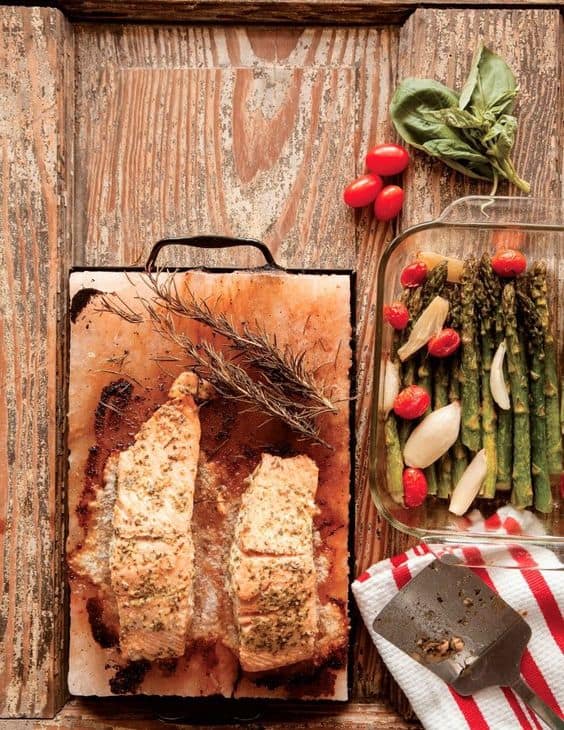
-
It won't salt your food heavily
These blocks are some of the least porous, and they also retain very little moisture. So, when you are cooking, your food would not immediately become salty. In fact, people have reported that their food has got a new taste after cooking over a salt block.
Given that the salt black contains over 80 trace minerals, it is not surprising that the taste differs a lot from simple table salt. You can expect to have your food taste different and be healthier at the same time.
-
Do not wash
One of the only difficult things you will experience with Himalayan Salt Blocks is the process of cleaning. If you put it under running water, or in the dishwasher, you would be dissolving the salt in water. So, carefully take a small fabric, and wipe the dirty parts.
The easy tip is to remember that water is the enemy of salt and work around the entire thing by that. So, don't soak the fabric you are going to use for cleaning entirely with water, and definitely, avoid greasing the surface of the salt block.
After cleaning, to get rid of the residual moisture, keep it in an airy space for an hour or two before using it again.
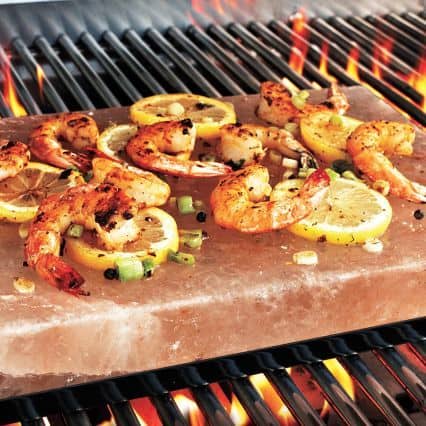 Image via m.surlatable.com
Image via m.surlatable.com
-
Don't touch it immediately after cooking
Salt blocks retain heat for a long time. This means that if you feel the block immediately after you have finished cooking, you are likely to sustain a nasty burn.
Pro Tip: Always put a plate under the salt block before putting in the oven. This way you can ensure that you can at least remove the plate from the oven and use it for serving purposes.
Another critical thing to remember is that salt blocks will keep the heat within for a long time, and this could mean your meat gets overcooked. So, one, your meat is cooked, ensure that you remove it immediately to avoid making the mistake of a "well-done" steak.
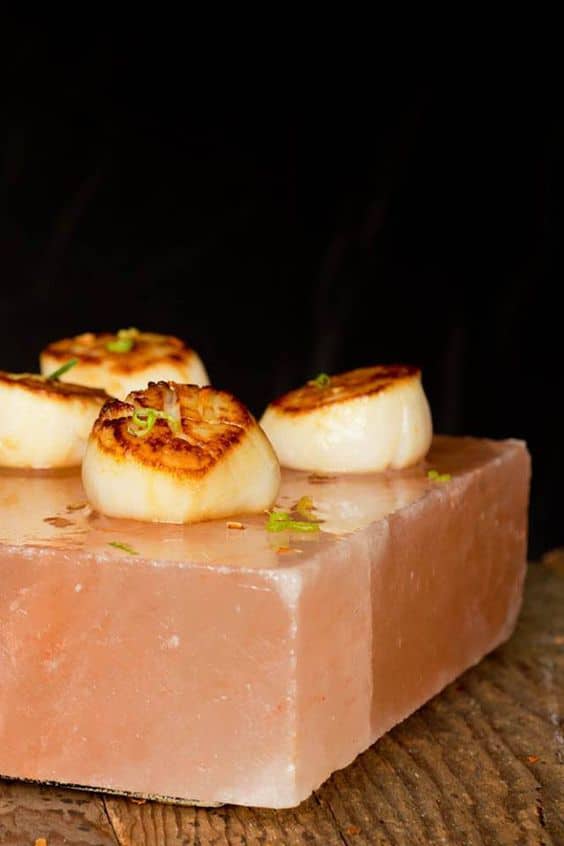
-
It wouldn't always be attractive
One of the downsides of using the Himalayan Salt Block is that it would lose its natural pink-ness over time. The more you cook on the block, the more you are guaranteed to lose the natural shimmer of the block.
There would also be an accumulation of black spots in the area where you are cooking your food. These spots can be cleaned easily if you remember to wipe it with a rag after every process of cooking.
However, you can also see it as a natural property of the salt block that it gains character over time. A bloc without the new shimmer simply means that you have used it enough times to make it yours.
A Himalayan Salt Block is one of the healthiest alternatives to using the normal grill or cooking pan. It maintains the pH of your body, gives you a lot of minerals and also manages to become the most stylish serving plate you will ever have. Remember the tips above before you go for it, and you will be fine.
If Himalayan Salt Block seem interesting, you might also cast a glance over the best salt lamps out there, all Himalayan salt lamps ofcourse!
